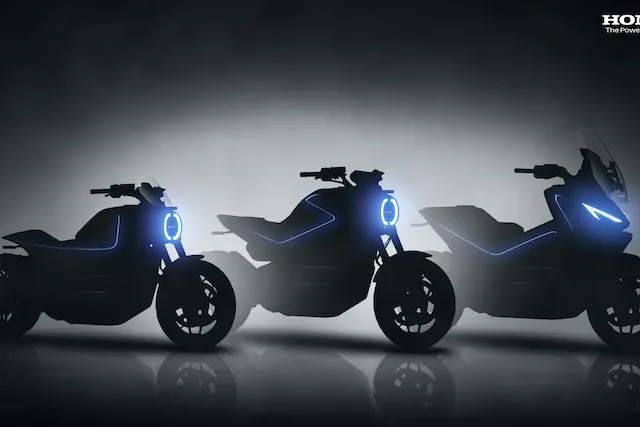
Honda, one of the biggest names in motorcycles, announced that it will release at least 10 new electric models globally within the next three years as part of a larger strategy to become carbon neutral by 2040.
The manufacturer didn’t release any details about specific models but said the aim was to reach annual sales of 1 million units within the next five years and 3.5 million units (approximately 15 percent of total sales) as of 2030.
Honda is considered to be the biggest motorcycle company in the world, having sold over 300 million motorcycles since its inception. That said, shifting to electric powertrains will be no small task.
The move to electric may mean heavier vehicles and more expensive price tags in the near term, which could affect sales if demand begins to weaken. High prices could especially be a barrier to customers in developing markets, where motorcycle sales are the most robust.
The company points to its “Honda e: Business Bike” lineup for commercial customers, first introduced in 2021, as an indication of the direction it plans on going for its future products. For regular customers, Honda plans to launch two personal EV models between 2024 and 2025 in Asia, Europe, and Japan. And the company will also develop electrified mid- and large-size sports bikes in a segment it’s calling its “FUN category.”
Honda is also experimenting with different fuel types, announcing that it will introduce flex-fuel (gasoline-ethanol blend fuels) models in India and Brazil. Also in India, Honda said it will launch a battery-sharing service for electric tricycle taxis (also called “rickshaws”) by the end of this year. Honda aims to popularize battery sharing in other Asian nations, where the technology is more broadly used than in the US and Europe.
Honda isn’t only electrifying its motorcycle lineup. The company recently unveiled the Prologue, its first long-range all-electric SUV, which will go on sale in 2024. The company says it plans to release a wave of 30 hybrid, battery-electric, and fuel-cell vehicles by 2030.